Sumatra mantenin with "special" flavor-Cheng Ye wet plane, failure also wet plane.
Professional coffee knowledge exchange more coffee bean information please follow the coffee workshop (Wechat official account cafe_style)
Manning is the most familiar name for coffee, whether it's bottled coffee or freshly brewed coffee, but how well do you know it? Mantenin coffee is famous for its rich Body (mellow), sweet rhyme, slight bitterness, no acidity, as well as obvious aromas of spices and herbs, which may be familiar to you, but what you may not know is that Sumatra mantenin is also a producing area in the world that uses fewer pesticides.
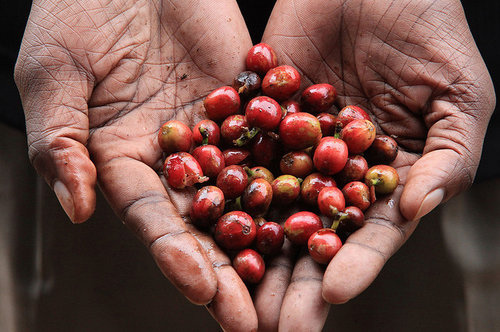
Coffee producing area with less Pesticide crisis-Mantenin of Sumatra
Sumatra is the second largest island in Indonesia and the sixth largest island in the world, which is 13 times the size of Taiwan. The reason why coffee is grown here is mainly because in the past, the Dutch East India Company, in order to supply the increasing demand for coffee and increased colonial interests, coupled with the fact that Sumatra itself is located in the Pacific Rim volcanic zone, the soil is fertile volcanic soil, which is very suitable for growing, so coffee was introduced to Sumatra. Later, although India became independent, coffee was still the cash crop that the country depended on.
Coffee is a perennial crop, and large-scale cultivation can reduce soil erosion during the dry and rainy seasons from May to September. Manning coffee is mainly grown in the two northernmost provinces on the island-Aceh and Utara.
Aceh province is currently the main organic coffee bean producing area in Sumatra. Coffee trees are mainly planted in the Gayo Mountain mountains around Lake Lake Tawar, and most of the coffee farmers are local Kayo ethnic groups.
On the other hand, Jiangsu Province is mainly produced by the Sidikalang producing area on the west side of the world's largest super crater lake-Lake Toba and the southern Lindong producing area (Lintong), and most of the local farmers are Batak People.
Because almost all of them are small farmers, their income is limited, and there is not much money to be invested in the improvement of agricultural products, so they do not spray pesticides. In addition, most of them are planted in the shade, and a variety of crops are planted on one or two acres of land, forming a special ecosystem, where there are more choices of edible crops for pests, thus indirectly reducing the probability that coffee trees have pests, so there is little need to use pesticides.
But everyone must find it strange that the name of the producing area has nothing to do with the three words "Manning".
The name Mantenin is said to be during World War II, when Japan occupied Sumatra. A Japanese soldier drank mellow coffee in a coffee shop and asked curiously what kind of coffee it was. As a result, local residents mistakenly thought that Japanese soldiers asked, "where are you from?" Thus answered "Mandaining" and then evolved into the name of coffee. (this story... It seems to be a bit like the name of a hamburger. )
So in fact, Manning is not the name of a variety or producing area, but a conceptual general name. However, the local people do not call it "Mantenin" directly, but by the producing area, such as Jia Shao Manning, Lin Dong Manning and so on. In recent years, Golden Manning has also been registered by the local P.W.N Coffee Raw Bean Company. I believe that the name of Mantenin Coffee Bean will become more and more detailed and specialized in the future.
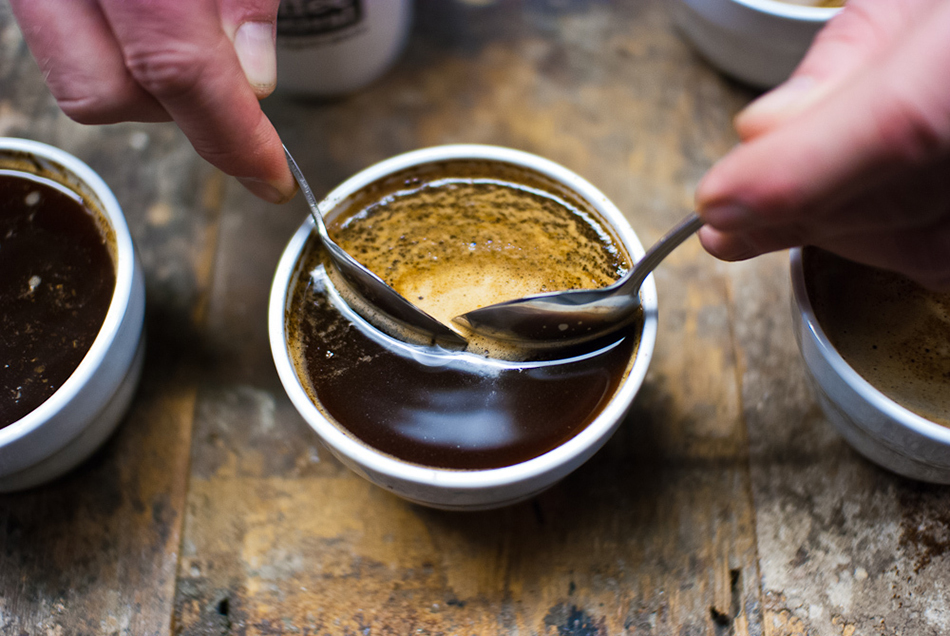
Mantenin rarely has pesticide problems, rich flavor, is the love of traditional glutton, especially after the addition of milk charm, the taste is more mellow; Mantenin's unique style is an advantage in the past, but in the development trend of boutique coffee is getting weaker: personalized flavor change is a trend, and can be traced back to the most fundamental source of coffee, is a major focus of boutique coffee. The traditional Mantenin is relatively weak in this respect, and in recent years, emerging producing areas continue to emerge in the world rankings, showing that Sumatra is getting darker and darker. Therefore, the future focus of the development of coffee in Indonesia is how to get rid of the stereotype of "only Manning".
The editor has introduced the Sumatran semi-washing method, that is, the wet planing method, because of the treatment process, it often produces many different flavors, such as wood, soil, mildew, spice, etc., these flavors may not be very pleasing to most people, but knowing this, why is Sumatra still treated in this way?
Sumatra wet planing-a treatment that makes Mantenin unique but difficult to evolve
First of all, because of the climate of Sumatra and the high humidity here, it is necessary to adopt the method of short drying time. In fact, the bigger reason is that most of the raw beans in this producing area are purchased from different small farmers. That is to say, the small farmers in the middle turn coffee cherries into shelled raw beans and sell them to buyers on the first floor. The purchasers will then resell these raw beans to distributors, who will turn them into dried raw coffee beans and then sell them to traders. Why does such a trading process lead to the birth of wet planing? Mainly because the small farmers want to cash out soon.
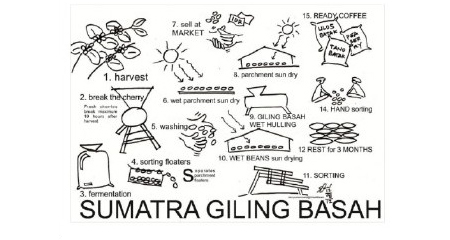
(the processing and market entry process of traditional Sumatran coffee beans)
At present, there is no independent processing plant in Sumatra to buy coffee cherries directly, so small farmers have no choice but to use their own buckets as traditional washing fermentation tanks, and then immediately throw the coffee beans into the fruit shell machine (but because the raw beans are still soft, they will be squeezed by the machine, so they will show a sheepfoot shape). Remove the pulp and shell of the beans, and the moisture is about 30anth40%, or higher. This is very different from traditional washing or tanning, because it is usually not treated until the moisture level is only about 13%. If you wait for the real sun to dry before giving it to the acquirer, the time to cash will be longer (because the sun usually takes 27 seconds for 30 days), and the risk will increase (the beans may go bad if the weather is bad during the sun). Therefore, it is only after going to the traders that the sun or machine drying is carried out to reduce the moisture of raw beans to 13%. After that, the beans are screened and hand-selected, and the beans are sold in different grades according to the defect rate and the size of the beans, and the beans are kept clean for 90 days. so that the beans can have a good "rest and recuperation", so that the moisture of the beans can be consistent (this is called the activity balance of water).
The whole process is handled by different people at different stages, and the condition and quality are very difficult to control. In addition, the washing and fermentation of small farmers, in fact, there is no real fermentation, but only to wash and buoyancy to remove too bad beans, and does not have the role of traditional washing fermentation tank, so the flavor is more impetuous, the strain is difficult to control, and the taste is not so clean. In terms of sun exposure, unlike the traditional sun-drying method, the pulp is used as the basis for fermentation, which can produce fruity coffee beans. Therefore, the Sumatra wet planing method, in the global competition of high-quality beans, the flavor can only be "special" to compete, the long-term development is not very optimistic.
Manning is doing well in the global market only in regions that traditionally like Manning, such as Japan and Taiwan. But now more and more boutique beans, with their unique floral, clean or fruit flavor, are beginning to replace the love of Manning in these countries. This special treatment brings a special flavor to Mantenin, but it brings limitations to the development of Indonesian coffee.
END
Important Notice :
前街咖啡 FrontStreet Coffee has moved to new addredd:
FrontStreet Coffee Address: 315,Donghua East Road,GuangZhou
Tel:020 38364473
- Prev
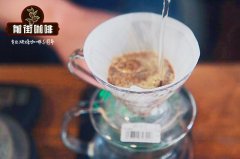
Summary of Geographic and Climatic Development of Hope Manor Finca La Espera in Colombia
Professional coffee knowledge exchange more coffee bean information please follow the coffee workshop (Wechat official account cafe_style) Hope Manor is located at 1400-1600 meters above sea level, with an output of 300-700bags. Most of the processing is done on the farm, washing and drying in the sun, and the shell, pulp and mucous membrane are used as fertilizer. The manor grows 60% Katula and 20% cards.
- Next
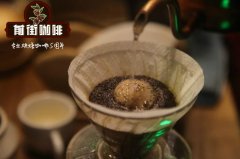
Panamanian Kotowa family Don K Coffee Manor introduces the characteristics of Panamanian coffee?
Professional coffee knowledge exchange more coffee bean information Please follow the coffee workshop (Wechat official account cafe_style) for a long time underestimated or even ignored Panamanian coffee, until the annual international cup test competition held in recent years, the emergence of the best coffee in Panama Best of Panama and Panama Emerald Manor (Hacienda La Esmeralda) has completely changed, this cup test
Related
- Does Rose Summer choose Blue, Green or Red? Detailed explanation of Rose Summer Coffee plots and Classification in Panamanian Jade Manor
- What is the difference between the origin, producing area, processing plant, cooperative and manor of coffee beans?
- How fine does the espresso powder fit? how to grind the espresso?
- Sca coffee roasting degree color card coffee roasting degree 8 roasting color values what do you mean?
- The practice of lattes: how to make lattes at home
- Introduction to Indonesian Fine Coffee beans-- Java Coffee producing area of Indonesian Arabica Coffee
- How much will the flavor of light and medium roasted rose summer be expressed? What baking level is rose summer suitable for?
- Introduction to the characteristics of washing, sun-drying or wet-planing coffee commonly used in Mantenin, Indonesia
- Price characteristics of Arabica Coffee Bean Starbucks introduction to Manning Coffee Bean Taste producing area Variety Manor
- What is the authentic Yega flavor? What are the flavor characteristics of the really excellent Yejasuffi coffee beans?

